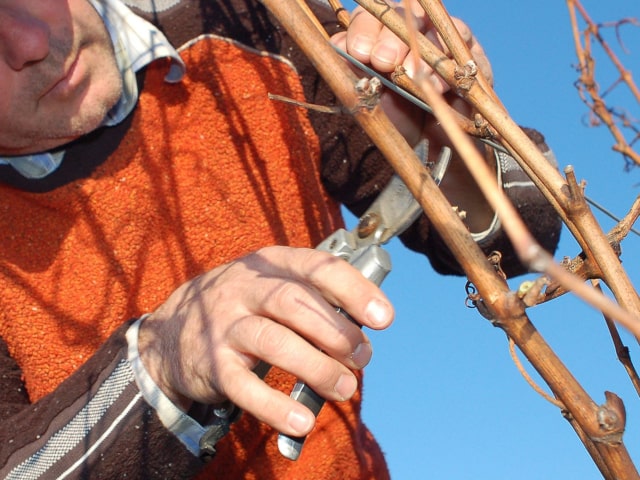
Many gardeners who grow grapes want to know what is the best way to prune grapes. It is very important for pruning to be done correctly because the number of fruit the plant produces often depends on pruning. In some cases, the plant won't grow fruit at all if it's not pruned.
One general rule when it comes to pruning is that you prune the right growth. It's important to know that some fruit and flowers grown on last year's wood, so if you cut them you won't get any flowers and fruits.
Common Pruning Mistakes
The mistake number one is to cut off all of the last year's vine growth. If you do that with your grape vine, you will never have grapes. It's because bunches of grapes produced in a year come from buds on growth produced the year before. Therefore, if you remove the last year's growth when pruning you will receive no grapes.
When it comes to pruning grapes, it's important to keep the work balanced. Unbalanced pruning will lead to unbalanced load of fruit. This is another common mistake. It's important to always balance the load of fruit with the growth of the vine. This way, you will get better quality of grapes.
Pruning your grapes too early in the season is another mistake that can result in no fruit production. In cases of low temperatures and strong winds after pruning, it's very possible that the pruned parts will freeze. This will make you lose the crop or the crop will be severely reduced. For this reason, it's recommended that pruning is delayed until February.
Grape Pruning Tips
It's best to prune grapes either as a one step process in mid-February or as a two-step process: the first one at leaf fall and another one in February. To prune correctly, it's important to identify the last year's growth, because this is where this year's fruit will form. The wood where the fruit is produced on the last year's growth will have a different color than the older wood which can't produce fruit. You will usually be able to identify the last year's wood because of its reddish color.
Generally speaking, grapes are pruned in a way to make the reddish colored wood (the last year's wood) remain about 1 to 2 inches long. The exception to this rule are Thompson seedless and Black Monukka varieties. You need to prune them that the reddish, last year's wood is 12 to 18 inches long.
In varieties that allow the last year's wood to be cut to 1-2 inches, this is called "spur pruning". This short stub of red wood is called a spur. In cases of varieties where you need to leave the reddish wood longer, it is called a cane and the process is known as "cane pruning".
To prune correctly, it's important to find the end of a stem or branch. Follow it carefully until you locate a place where there is a change in color from red to grey. This is where the wood will look older and there's usually a clear separation between two colors. On the outside of the reddish wood you will be able to see buds on either side. This is where the fruit will be produced.
If you have grapes that demand spur pruning, you can safely cut the reddish stem and leave only two buds remaining. Prune about 1/4 inch beyond the second bud from the grey wood. It's best to use a straight cut. If you have grapes that demand cane pruning, cut the reddish wood so that there are 10 buds remaining. This will leave the cane of reddish wood about 18 inches in length.
Most grape vines will "bleed" after they have been cut. You will notice water coming from the cut ends. This is normal and the plant will soon heal.
What to Do About the Fruit?
The next step should be done when the vine produces small, BB-sized fruit in bunches. Make sure to remove all the bunches that are poorly formed or that have not set berries very well.
After this, pinch the remaining bunches at the bottom and remove about 1/3 of the bunch. This will help increasing the size of the berries that remain in the bunch. In case the berries are small, it's a sign that you haven't removed enough bunches or that you haven't pinched the bottom of the bunch enough.
Photo credit: Stefano Lubiana
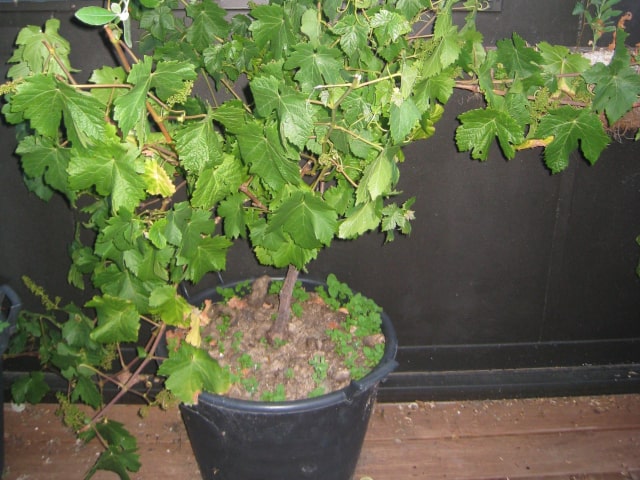
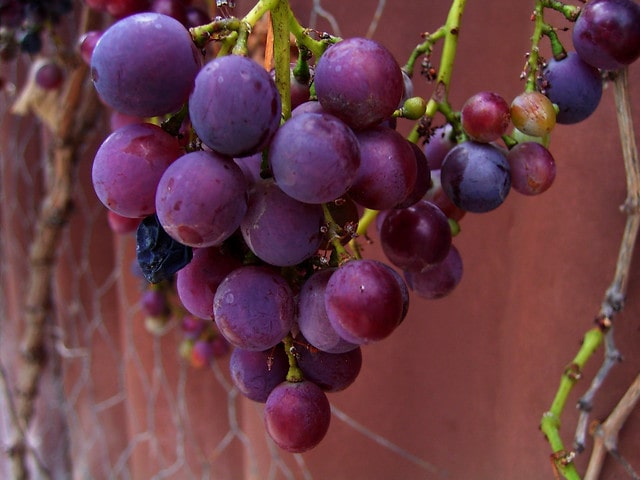
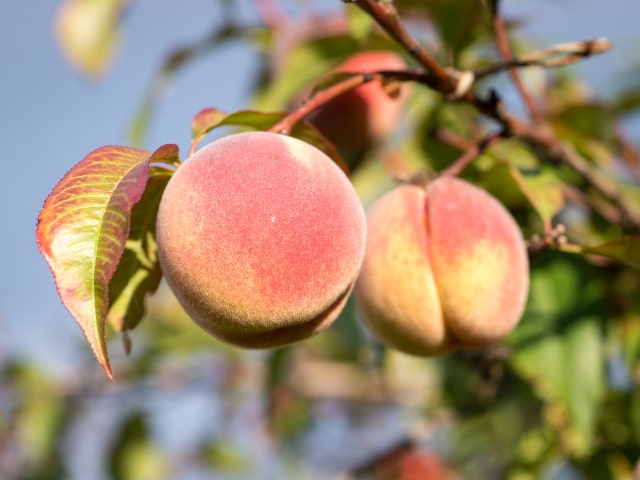
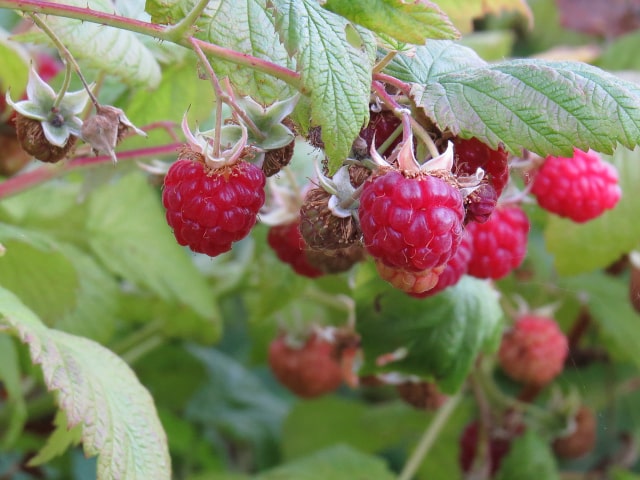
1 Comments
Now I have a clear idea what grape pruning is all boutů how it's done and when. I wondered why my grapes are so tiny, very sweet! Now I 'll Do some pinching. Hehey! Thanks, guys!